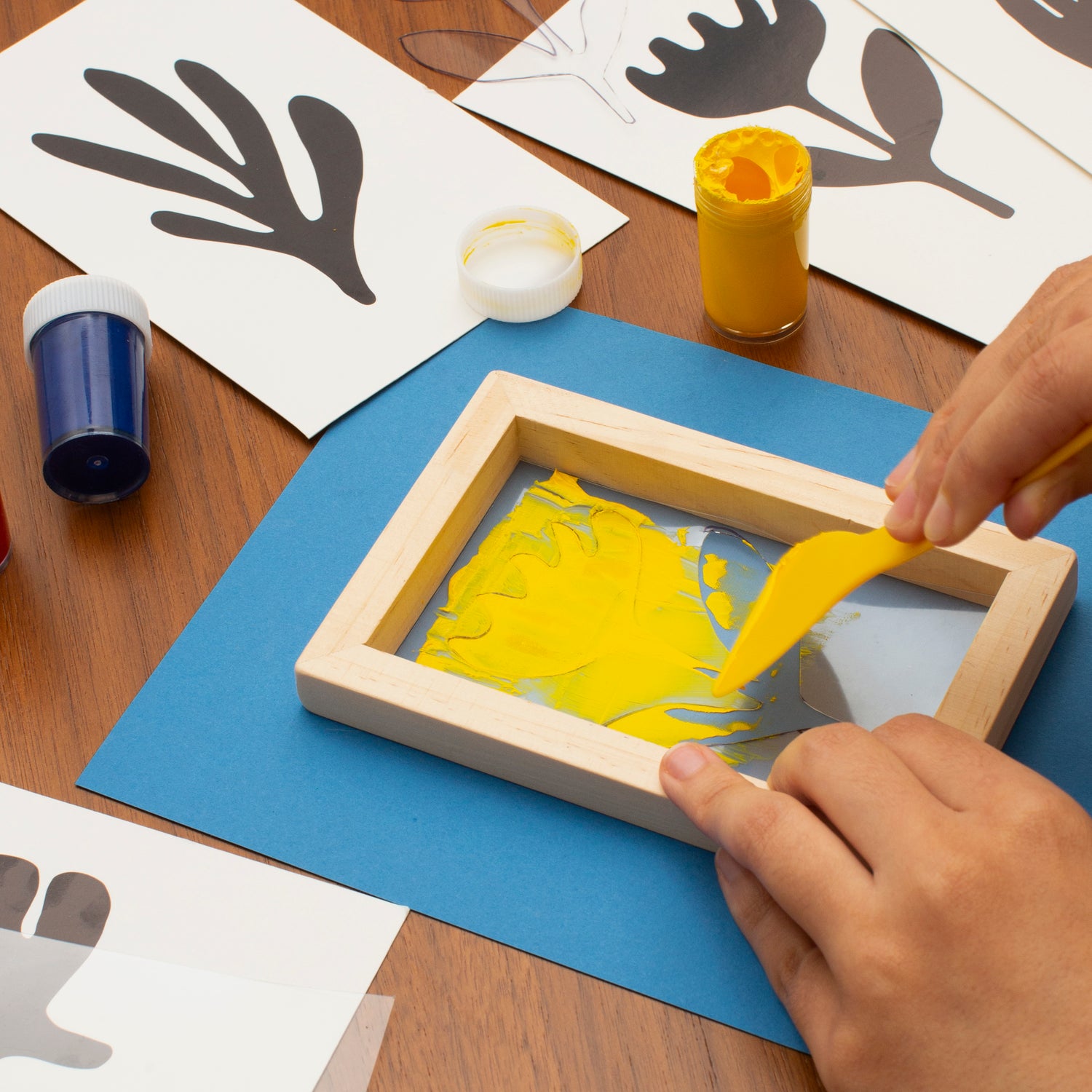The Essential Guide to Understanding Screen Printing and Its Versatile Makes use of
Screen printing has a rich background that goes back to ancient times, evolving right into an advanced technique utilized throughout numerous sectors today. This overview discovers the ins and outs of the screen printing process, detailing its applications in advertising, home, and style design - 10:9 Design contact. Understanding these fundamentals can open up imaginative capacity for both creative and commercial projects. The adhering to areas will certainly expose necessary tips and strategies to enhance one's screen printing undertakings
The History of Screen Printing
Although screen printing has roots that trace back centuries, its development shows the technical and artistic advancements of different societies. Coming from in old China, the method was at first made use of for enhancing textiles and later spread to Japan, where it became integral to Ukiyo-e woodblock printing. The approach moved to Europe in the 18th century, where it got popularity among artisans and business printers. The invention of image emulsion in the 20th century reinvented screen printing, permitting more complex styles and better efficiency. Artists like Andy Warhol even more pushed its popularity, using the medium to create legendary works that mixed commercialism and art. By the late 20th century, screen printing had actually developed itself as a functional method, used in style, advertising, and fine art. Today, it continues to advance, incorporating electronic modern technology and broadening its applications across various markets.
The Screen Printing Refine Explained
Screen printing transforms creative visions right into substantial designs via a collection of exact actions. An image is created and then moved onto a screen, typically made of great mesh fabric stretched over a framework. A light-sensitive solution is put on the screen, which is revealed to light, hardening in areas not covered by the image. After washing out the unhardened emulsion, a stencil is created.
Next, the screen is placed over the substratum, whether it be textile, paper, or an additional product. Ink is then pushed via the open areas of the pattern utilizing a squeegee, depositing the design onto the substratum below. This procedure can be duplicated for multiple shades, needing separate displays for each shade. The printed item is healed utilizing warm to assure the ink adheres properly, resulting in a durable, vibrant style ready for use.
Kinds Of Screen Printing Techniques

Additionally, specialty techniques, such as discharge screen printing, remove color from the textile to create softer prints, while aluminum foil screen printing applies metallic aluminum foil to accomplish a glossy finish (10:9 Design contact). Each technique supplies distinct qualities, satisfying different creative needs and manufacturing ranges, eventually broadening the possibilities within the screen printing domain
Applications of Screen Printing in Numerous Industries

Additionally, the signs and marketing industries utilize screen printing for developing distinctive screens and banners. This approach permits strong shades and detailed layouts that capture attention. In electronics, screen printing is utilized for using conductive inks to motherboard, important for part connections. Furthermore, the home decoration industry welcomes screen printing to create unique layouts on textiles and wall art. On the whole, screen printing serves as an important tool throughout diverse areas, enhancing products with personalized and aesthetically enticing graphics.
Tips for Effective Screen Printing Projects
While undertaking a screen printing task, cautious focus to information can substantially improve the last outcome. Selecting premium products is crucial; this includes the screen, inks, and substratums. Making use of appropriate mesh matters can affect ink deposition and information resolution. Prep work is just as essential; comprehensive cleansing of displays and appropriate exposure times assure crisp prints.
Next off, accurate registration is critical for multi-color prints. Utilizing positioning tools can help accomplish exact layering. visit this page Furthermore, screening prints on scrap products before production helps determine potential concerns without squandering resources.

Frequently Asked Inquiries
What Materials Are Finest for Screen Printing on Material?
Cotton and polyester blends are optimal for screen printing on fabric because of their sturdiness and ink absorption. In addition, specialized materials like silk or canvas can produce unique appearances and coatings, boosting the overall style top quality.
Just how Do I Clean and Maintain Screen Printing Equipment?
To cleanse and visit here maintain screen printing devices, one ought to regularly clean displays with suitable solvents, inspect squeegees for wear, lube moving parts, and store all items in a dry, dust-free setting to lengthen their life-span.
What Are the Ecological Impacts of Screen Printing?
Screen printing can have significant environmental impacts, consisting of chemical waste from inks and solvents, water usage during cleansing processes, and power consumption. Green products and lasting methods are essential for decreasing these unfavorable effects.
Can Screen Printing Be Done in the house Efficiently?
Screen printing can be successfully done at home with the ideal products read this article and methods. Hobbyists can produce top quality prints, though success depends upon their ability level, equipment, and understanding of the procedure entailed.
What Are the Prices Related To Starting a Screen Printing Company?

Beginning a screen printing company includes prices for tools, materials, and work area. Initial expenses usually vary from a few hundred to numerous thousand dollars, depending upon the range, quality of equipment, and desired manufacturing ability.
Screen printing has a rich background that dates back to ancient times, evolving right into a sophisticated method made use of across different markets today. Another method, rotating screen printing, uses cylindrical displays, helping with continuous printing on textile rolls, thus improving efficiency for massive manufacturings. In addition, specialized methods, such as discharge screen printing, eliminate dye from the textile to create softer prints, while foil screen printing uses metal foil to attain a glossy coating. In the fashion industry, screen printing is extensively used to produce lively layouts on clothing, allowing brand names to display their unique designs. Cotton and polyester blends are optimal for screen printing on material due to their durability and ink absorption.